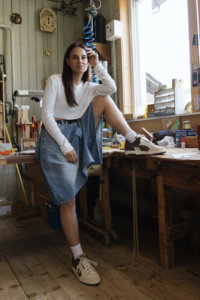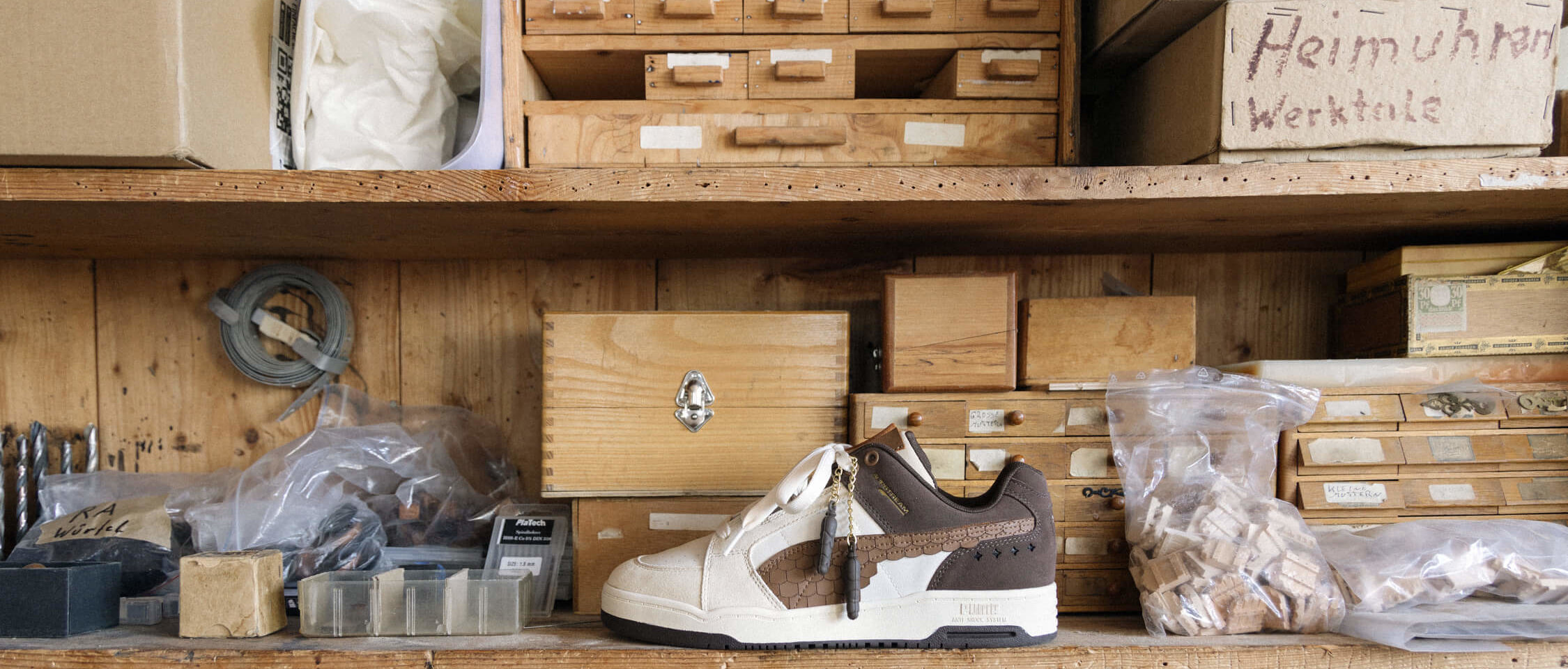With its “Center of Excellence” approach, SPORT 2000 is pursuing a strategy of close international cooperation between selected areas of expertise. The newly introduced “Sportstyle” category bundles the retail association’s know-how across countries for the growing market of sneakers and streetwear.
“In each of our countries, there is an individual focus on certain categories. Austria and Switzerland, for example, are highly specialized in winter sports, while Germany already has a high degree of specialization in team sports and running,” explains Marc Scheiner, Head of Division Lifestyle at SPORT 2000. The “Center of Excellence” approach enables the know-how that each country brings to the table to be shared in a transnational network.
“We no longer speak for just one country but for several. Together we have a significantly greater weight with suppliers and brands.”
In addition, communication is made easier for industry partners, as there is now only one specialized contact for all countries.
Athleisure: a trend with great potential
In addition to sports categories such as running or winter sports, another “center of excellence” has now been introduced in the form of “Sportstyle”. This category also includes sneakers. “Sneakers have a purchasing volume of up to 10% at SPORT 2000 Germany. Around 5 years ago, SPORT 2000 Germany launched the Sneaker Force specialist unit, which now includes the best independent sneaker stores in Germany.
This trend means that for a classic generalist, the Sportstyle category can account for 10 to 20% of total sales. The focus on Sportstyle and sneakers is relevant in the big markets of Germany, France, Benelux, and Italy, but the potential is felt for all of Europe,” Scheiner explains. The popularity of the athleisure trend is highlighted by the fact that every second person, in every age group, wears sneakers for business or leisure.
“Covid has increased the trend toward super-comfortable outfits, and the lines between job and leisure are blurring,” Scheiner notes. “People are also wearing a Nike or Adidas shoe with a business outfit.”

Sneakers, fashion, and accessories
In general, Sportstyle breaks down into three main categories: Textile (hoodies, sweatpants, caps, etc.), Sneaker, and Hardware (backpacks, bags, sunglasses).
When it comes to product design in these categories, the transitions between sport and lifestyle are often blurred. “While technical aspects play a greater role in performance categories, the design is the priority in Sportstyle,” explains Marc Scheiner, mentioning the performance-oriented hiking boot as an example in comparison to the fashionable sneaker.
“Brands come and go faster in the Sportstyle sector. It is therefore important to have a good brand mix, an appealing space to present those brands, and a well-trained staff,” emphasizes the SPORT 2000 expert.
Young target group prefers to buy online
“Trend brands in particular appeal to a new, young group of customers. To reach the core target group between the ages of 15 and 30, online retail is necessary in addition to stationary retail,” Scheiner knows. However, sporty fashion is by no means limited to Generation Z.
Sneakers in particular have long since established themselves in everyday life. While sporty footwear is now also considered acceptable in the office, sweatpants are more likely to be worn regularly in the home office and during leisure time. “The demand for comfortable clothing and footwear is not diminishing,” explains Marc Scheiner, who sees great potential for sports retailers in Sportstyle in the future.
“Sportstyle is strongly associated with performance-oriented brands such as Nike. It is important for us as a retail community to work together with relevant brands in a future-oriented way. This is where the ‘Center of Excellence’ approach comes full circle again.”

Marc Scheiner, Head of Division Lifestyle at SPORT 2000




